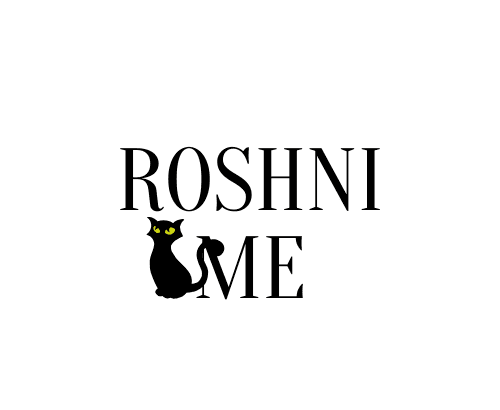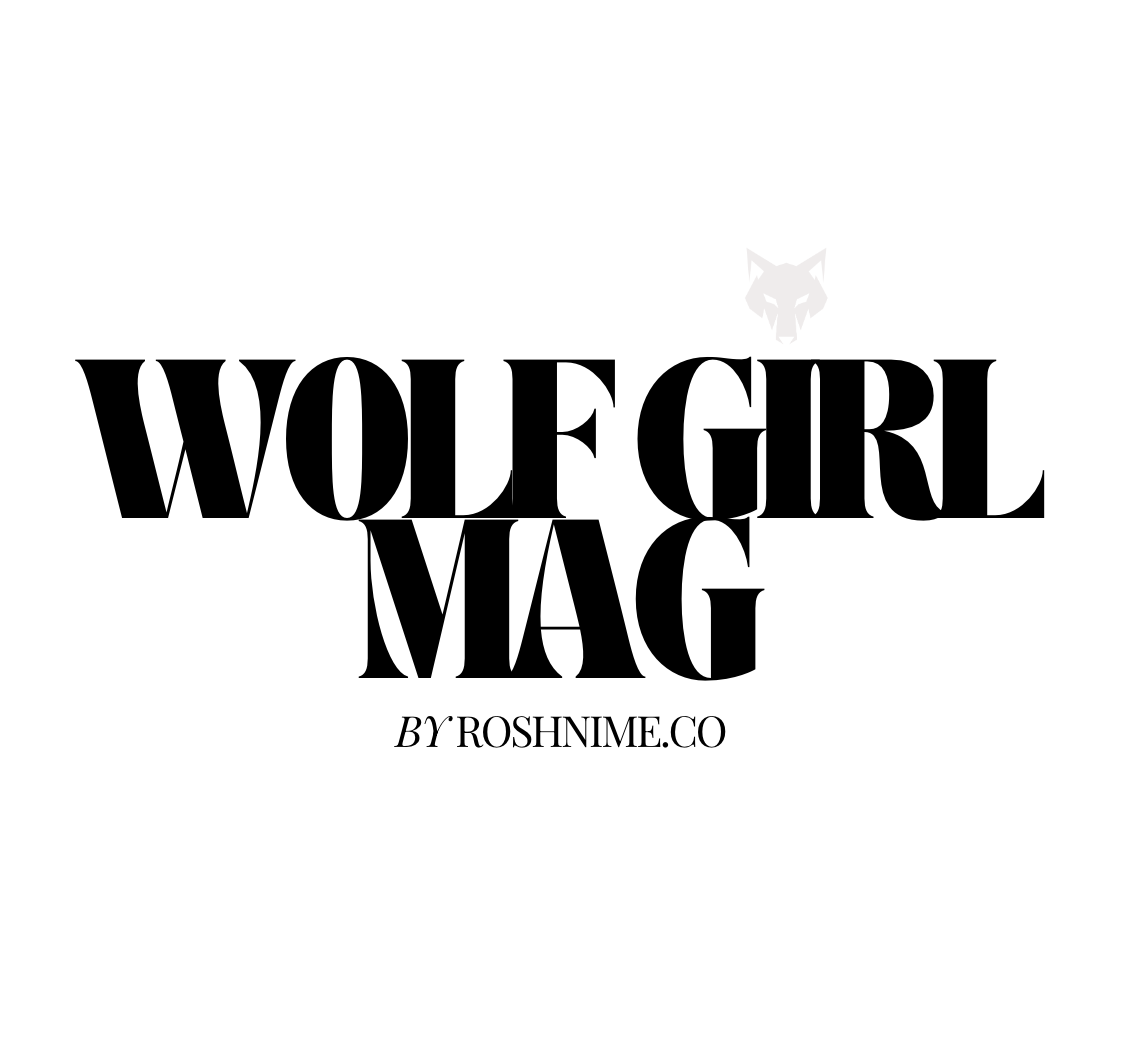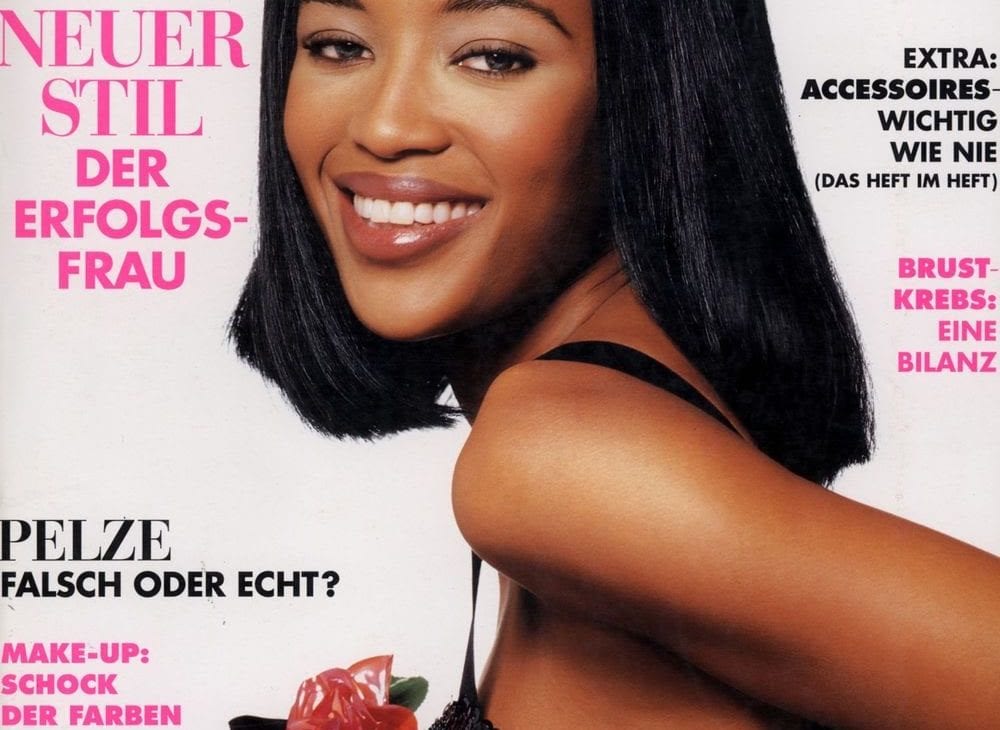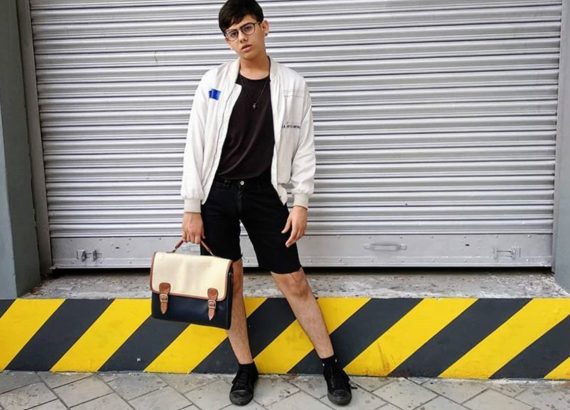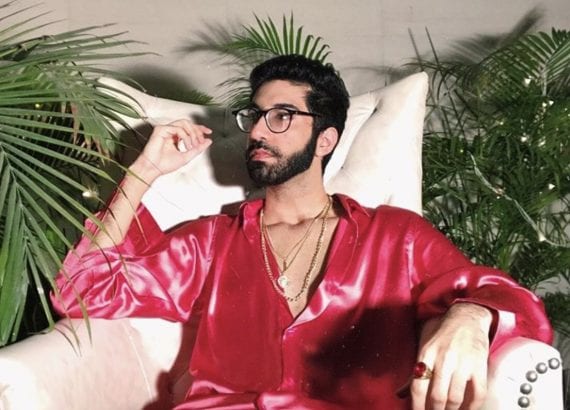Table of Contents
How black men and women’s cosmetics and products were popularized in the media!
Are we still doing enough?
I’m not convinced we are doing enough to promote racial inclusivity in the Fashion world. It is still hard for an Indian gal like me to find the right shade of foundation and concealer for under eyes. Top makeup Brands like YSL and Nyx have been scrutinized for having limited shades of foundation for darker skin. Let’s not even get to drug stores where with as many brands that were available in the department, only a handful of them had options for people with deeper skin tones. A disheartening reality.
Let’s be real, Rihanna’s Fenty Beauty set the bar high when they came out with 40 foundation shades late last year. And another favorite, Huda Beauty, came out with its foundation in 30 shades. The diverse and wide foundation shade ranges have left some makeup brands rushing to catch up, while others still haven’t gotten the memo. Kudos to Rihanna for setting the bar!, hopefully others will follow.
How ‘JET’ did it!
Jet is an American weekly magazine that focuses on news, culture, and entertainment within the African–American community. Founded in November 1951 by John H. Johnson of the Johnson Publishing Company in Chicago, Illinois, The magazine was initially billed as “The Weekly Negro News Magazine”
John H. Johnson, widely regarded as the most influential African American publisher in American history. Why?, because his content inspired and broke stereotypes touching hundreds of African Americans . It covers new, media and content unavailable to the public- unnoticed and untold stories of Black people all over America. Finally their voices were heard through the pages of ‘Jet’. It covered Music, fashion, talent and creativity in the African community.
John H. Johnson gave his people a ‘voice’. He started ‘Ebony’ a monthly magazine that focuses on news, culture, and entertainment. Its target audience is the African–American community, and its coverage includes the lifestyles and accomplishments of influential black people, fashion, beauty, and politics. Very important topics allow for more freedom of expression, hope and opportunities to rise up from the tragic oppression.
“While EBONY did not champion Rap artists per se, it did celebrate many of the other top cultural icons of the day. The number one film star – Eddie Murphy, the top male and female vocalists – Michael Jackson and Whitney Houston, the most popular and top earning athlete – Michael Jordan, the number one sitcom – The Cosby Show, and the number one daytime talk show – Oprah Winfrey, and a host of other top Black entertainers and celebrities appeared on the covers”
~ Says Sheeri Mitchell, from Ebony.com
Beauty struggles
A big appreciation for brands like ‘Avon’. Avon began using black models in its Ebony magazine ads in 1961, according to Susannah Walker’s book Style and Status: Selling Beauty to African American Women. The book points out that during the five years that ended the 1960s, a half-dozen cosmetics lines for black women debuted.
I haven’t been able to find out much about Zuri, other than their bunch of miscellaneous products. You can shop for Zuri at Texas beauty supply.
Afro-Sheen, one of Johnson’s best-known products, was released in the late 1960s, at a time when the “Afro” became a popular hairstyle for African Americans
Currently there are several Black owned Beauty brands, the one I keep hearing about nonstop is Hanahana Beauty. Hanahana Beauty’s special story ; once you hear firsthand from the brand’s founder, Abena Boamah, just how much thought goes into each incredible product. Hanahana provides women of color with handcrafted shea butter sourced straight from Ghana. Many Black women rely on the shea body butter to soothe and hydrate my skin in the brutal winds of winter, and to give me a glow-up when the sun comes out.
How are we Advertising today?
Over 100 years since the creation of the Aunt Jemima mammy logo, you’d hope that brands would have moved on from using racist stereotypes. The latest instance is Gucci, which produced a black wool balaclava sweater with an oversized collar that pulls over the chin and nose. It includes a slit where the mouth is, ringed with what look like giant red lips. Gucci then made the jaw-dropping statement that it didn’t know blackface images were racist.Its similarity to blackface prompted an instant backlash from the public and forced the company to apologize publicly.
We won’t get to the point where diversity is the norm in advertising and racist stereotypes are abandoned until there are more black people and minorities working in and occupying senior positions in our industry.
Where are we going wrong?
A few things to keep in mind while bringing racial inclusivity to the media.
Be Authentic: Don’t engage in conversations, particularly from the brand’s voice if there isn’t a right fit. Avoid things like ‘Stereotypes’ ’segregating’ in advertisements, especially with sensitive topics. Inauthenticity is very obvious and even embarrassing. Try not to address ‘race’ while addressing it at the same time. A better way to put it is normalising racial differences and letting people know that it’s okay.
Cross-Check References( Educate yourself): avoid faulty information by cross checking with communities, educating yourself about nuances and cultural reference as well as what may come across as offensive and derogatory. Make sure you know what is okay and what is a complete No-No.
Recruit from the Communities You’re Targeting: These are the people you want to hire, contract on a consultant basis, and/or bring in to teach a workshop to your team. Make sure you hire people of color as well others because diversity in the workplace brings an exchange of cultural knowledge and awareness which is crucial in the advertising industry.
